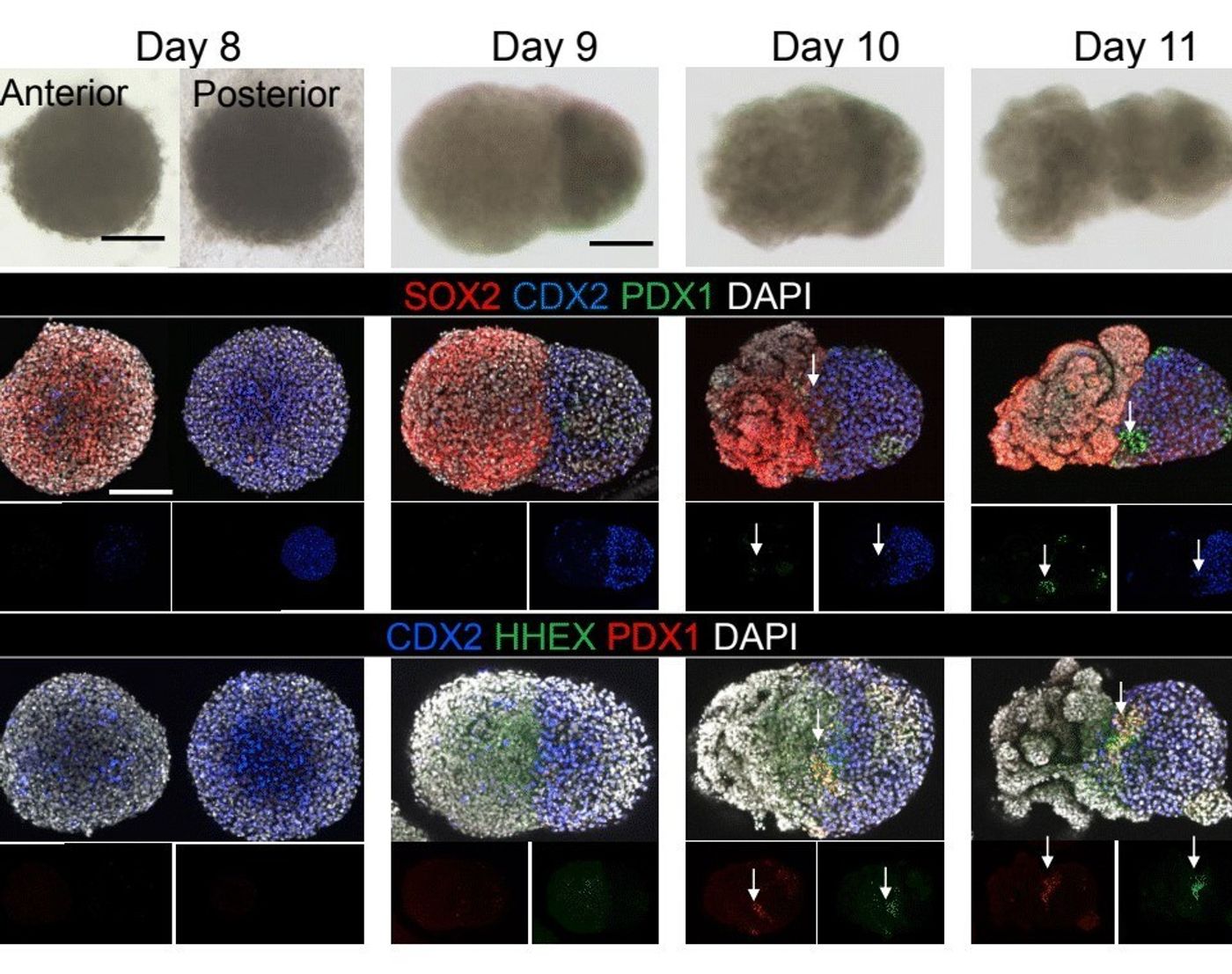New 3-in-1 organ in a dish set to elevate research and diagnostics
In trying to understand complex phenomena in the human body, researchers usually have to turn to oversimplified biological models. Amongst the easiest to use research tools are single layers of human cells, grown in a cocktail of chemicals made to mimic the cells’ natural environment.
In a living organism, however, cells do not exist in isolation but instead, are linked by intricate networks of tissue and organ systems. From a technical standpoint, these structures are incredibly challenging to reproduce in a laboratory setting.
In a world first, researchers based at the Cincinnati Children's Hospital Medical Center (CCHMC) have developed a method for turning stem cells into 3-dimensional models of not one, but three interconnected organs: the liver, bile duct, and pancreas.
The research, led by Assistant Professor at the Department of Pediatrics, Takanori Takebe, was published in the journal, Nature.
These miniature versions of organs, known as organoids, are a breakthrough for researchers. For one, they enable them to study how the liver and surrounding organs form during embryonic development. Moreover, they pave the way for next-generation diagnostic platforms and, in the future, even on-demand lab-grown organs for transplantation.
The method as described by Takebe’s team involves harvesting adult skin cells, reverting them to a stem cell-like state and then growing groups of cells in spheroids. These clumps of cells are akin to embryonic tissues in the first month of gestation.
When placed in a specially concocted gel medium at a precise time point of their growth, contact between the spheres triggers a flurry of molecular cascades. These orchestrate the formation of the distinctive liver, bile duct, and pancreatic tissues, as illustrated in the video.
Despite being tiny, relatively simplified versions of the actual organs, the organoids were found to be remarkably functional for something created under laboratory conditions -- with the pancreas even secreting digestive enzymes through its miniature ducts.
For Takebe, this accomplishment is the result of many years of hard work and dedication. Having graduated from medical school in 2011, Takebe was one of the youngest recorded professors in Japan at the age of just 26. His previous work centered around creating organoids representing both the early stages of fetal liver development and inflammatory liver disease.
Discover Magazine ranked Takebe’s early findings Number 5 in their list of the top 100 scientific innovations of 2013.
Speaking on the impact of his most recent work with organoids, Takebe explains, "The work here shows that it is possible to create such a system using human pluripotent stem cells. This is quite exciting, as it lends credibility to the idea that stem cells might be used to make personalized models to study how organs form and how genetic mutations lead to organ malfunction."
Sources: EurekAlert!, Cincinnati Children's Hospital Medical Center.









